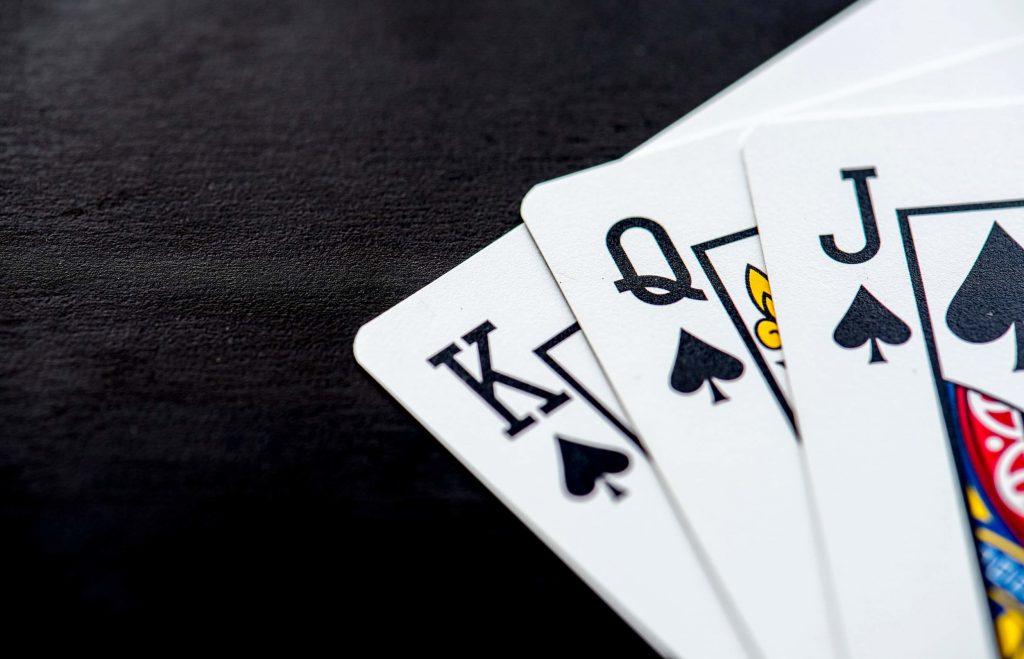As we settle into a new year, our mind inevitably fixates on some variation of goal-setting, intentions, a word of the year, planning, or reflection. The start of a new year invites us both to reflect on the past and plan for the future. Strangely, we often forget to spend a little time on the most important of the three-time states: the present.
If you were to ask Patanjali the best way to celebrate the new year, my guess is that he’d reply: meditate. Through meditation, we invite presence into our lives.
The Yoga Sutra isn’t a big proponent of goal-setting, but it’s a text that empowers us to live a better life by guiding us with the knowledge to transform our bad habits, routines, and mindsets.
Change
Each year, I personally do a little end of the year review, for my business but also for my personal life. It’s meant to help me see how far I’ve come, how I’ve grown, all that I have accomplished, and so on. It’s easy to forget how much we actually do over the course of a year! Reflecting on the past can help us see how our present actions affect the future and give us the opportunity to intervene with modified actions and new plans.

Around the New Year, our reflections and planning often revolve around what we want to change in our lives in the coming year. The reason New Year’s resolutions are so hard to keep is because they require that we change — or transform — the habits, routines, and mental states that are holding us back from achieving what we want to achieve or being who we want to be. And it’s no easy task to change anything, least of all our minds.
The Yoga Sutra dedicates a few lines explaining the three states of time (past, present, and future) and how they function in our lives within the context of transformation. The word transformation is a buzzword in the yoga industry today, but Patanjali actually laid out how the transformation process unfolds in the Yoga Sutra thousands of years ago. It’s heavy philosophy, but it’s worth grasping to understand why Patanjali argues that the past and the future, while necessary, aren’t helpful states to dwell in when it comes to change.
The 3-Step Process for Transforming the Mind
Sutras 3.9-3.12 discuss how engaging a signature process of Classical Yoga — Samyama — gradually transforms our state of mind. Just like Kriya Yoga is a 3-step process for taking action in the world (an external process), Samyama is a 3-step process for clarifying the mind (an internal process).
The Sanskrit word parinamah is used to describe the steps in this process of Samyama; parinamah means to transform, change, evolve, develop, mature, or ripen. Think of the process of mental transformation as a gradual ripening of the mind to new states of understanding. Each step involves a new level of mental transformation, which then invites new understanding and refined wisdom.
The three steps of Samyama include:
Step 1: Learn how to control your thoughts through awareness (dharana/concentration)
Step 2: Focus those thoughts on one thought only (dhyana/meditation)
Step 3: Place undisturbed attention on that one thought for a period of successive moments (samadhi/absorption)
Understanding Change over Time
A similar process applies to how change occurs in objects other than the mind. It can be helpful to understand this process to better understand how time works in the Classical Yoga system. Sutra 3.13 lays out how that process unfolds.
- The form of an object can change (water can turn into ice)
- The value an object has in time can change (water can be helpful when you need to bathe, but when it’s ice, it becomes less helpful, and thus less valuable to you)
- The condition of the object can change (as external conditions change, water can be still or choppy; ice can be soft or hard)
The form an object takes varies over time, but all objects contain all possible states — past, present, and future — within them at any given moment. The same is true of the mind.

The big takeaway here is this: The world around us is constantly changing, including our minds. If we get stuck in any of these variations of change (or any of the 3 steps outlined above for the mind), we’re stuck in the past. This influences the present and affects the future.
The Past and Future are Helpful As Long As We Don’t Get Stuck
Knowing how the process of transformation unfolds gives you the power to take control of it. When you control how the process unfolds, you control how change unfolds. To bring about change then, you simply have to alter the order of sequence in an object or in the mind (Sutra 3.15) to get a different result. But to do this, you must first reflect on what happened in the past without getting stuck.
Consider a game of Blackjack. You’re dealt some cards. If you change the cards you’re dealt, you’ll have a different hand, for better or for worse, depending on what the dealer draws. You don’t have control over what cards you’re dealt (unless you cheat), and the same cards could be dealt to you in a subsequent round and be better than the round before based on the new set of cards held by the dealer.
There is infinite potential for how the game can end, all held within that one deck of cards, and affected by many variables. The longer you play the game, the more you might strategize based on how previous hands turned out. Your past affects your present decision-making.
You might also consider cashing in your chips after you reach a certain milestone such as the amount of time you’ve played, the amount of money you’ve spent, or an amount of money that you win (future state). But you can never know when that time will come. Planning for the future will also affect how you make decisions in the present moment.

At the end of the day, we can’t change the past and we can’t ever truly know the future. While these states may influence the present, the only state in which we have true control and agency is in the present.
Start the Process of Change in the Present
Goal setting works because it forces us to focus on one particular future state and transform our decision-making in each present moment to bring about that desired state. But it’s also hard to maintain intense focus over long periods of time. There are too many changing variables distracting us along the way. A useful “goal” for 2019 may be as simple (not easy) as learning how to stay focused. This begins in the present moment.
When it comes to transforming our own mind, changing our habits, or settling into a new routine, we must let go of the past, focus on what we can do in the present, and surrender to whatever the future holds.
Have Faith in the Future By Staying Committed to the Present
In the fourth chapter of the Sutra, Patanjali becomes an empowerment coach and motivational speaker. He argues that, by changing your relationship to the past and upgrading your present actions, the future will unfold in ways you may not even be able to imagine. Since we can only control our present actions, we must exhibit faith that the future will play out in our favor. It is this faith in the benevolence of the future that allows us to step into our potential in the present.
In Sutra 4.2, Patanjali states:
Transformation from one state of being into another happens when we realize the abundance of our own potential.
To harness your full potential and achieve your goals, you must learn to acknowledge how the past affects your ability to fulfill your potential. You must be willing to let go of the pieces of your past that are holding you back. This changes the order of sequence in your mind and allows the process of transformation to ripen. Thought patterns and actions that no longer serve you stepping into your full potential get replaced with thought patterns and actions – changed and taken in the present – that will help you get there. As you continue to practice presence, a future that provides the space you need to shine unfolds.
In Sutra 4.12, Patanjali further clarifies:
The past and the future always exist in the present. The form an object, thought, or action may take will depend on the characteristics that are apparent in the present moment.
In other words, it’s the actions chosen in each present moment that determine how the future unfolds. It’s your relationship to the past that determines how those present-moment actions get chosen. Knowing this, you gain control of your future.
An Everyday Practice for Staying Present in the New Year
Often, our own power scares us and we unconsciously (or even consciously) sell ourselves short. We hold ourselves back from our true potential because we’re afraid of the strength and power of the present moment. We get stuck in the past, which then causes us to repeat the same actions, leading to the same outcomes and a repetitive cycle of similarity that turns into habits and becomes hard to break.
The past is familiar and comfortable, and the future is exciting, if only because we hope that our actions will bring about new outcomes. But only the present moment brings us peace, clarity, and stability. And it is only with peace, clarity, and stability that we can tolerate the power of our own potential.
So this year consider changing the order of sequence in your actions and in your mind: acknowledge what it is about your past that is holding you back. Choose to focus on a positive quality that can replace the thought patterns or beliefs that no longer serve you. Focus on that positive quality in your meditation practice.
Wake up each day of 2019 trusting in the potential that is about to unfold today, stay focused in the now, and accept that you are more powerful than you know. If you can do this, Patanjali promises you’ll get everything you ever want and need.
Happy New Year!
Edited by Ely Bakouche


